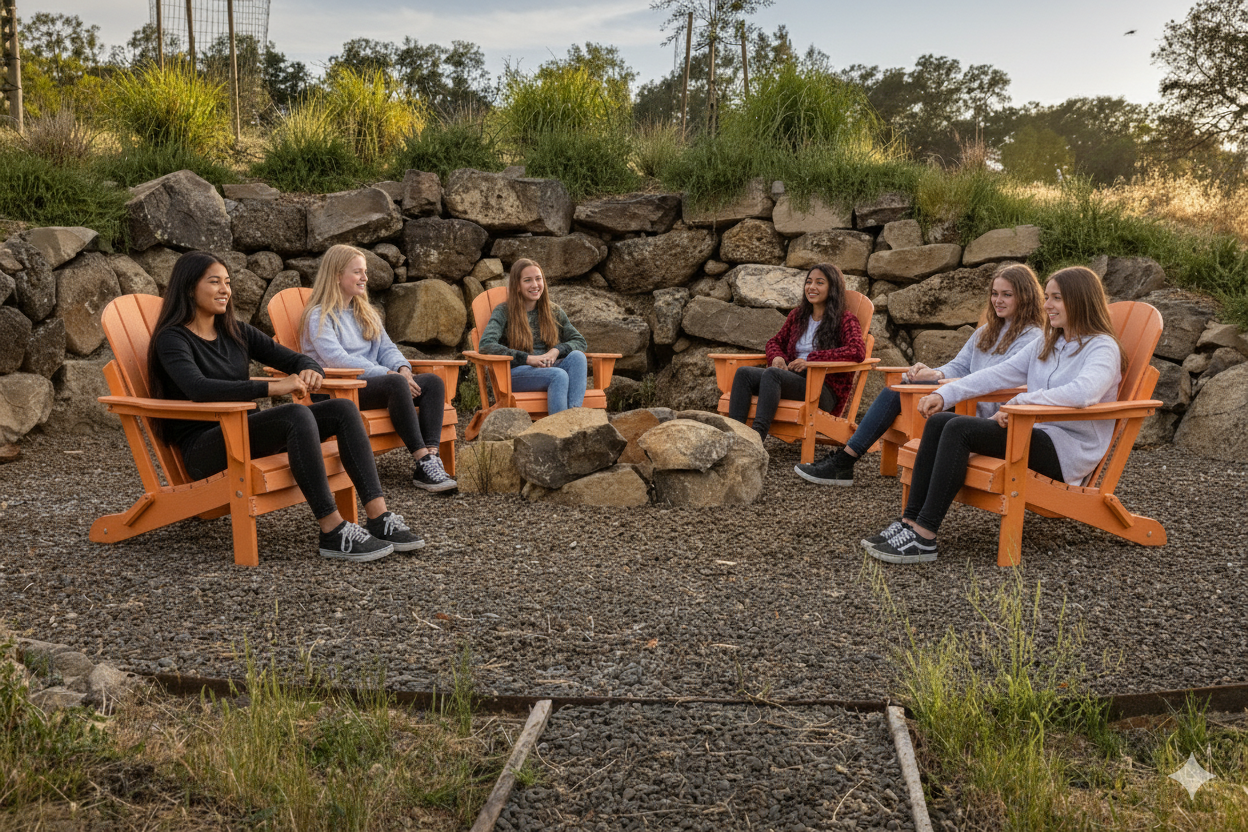First of all, I want to acknowledge and validate the fact that you have a strong enough relationship with your child that they feel comfortable to come forward and talk to you about this issue. That is a huge hurdle that you have already successfully navigated.
Keep the Dialog Going
My first piece of advice is very simple: keep the dialogue going. I encourage you to be as inquisitive and non-reactive as possible. Asking open ended questions as simple as “Can you tell me more about your experience?” can further open up the lines of communication and strengthen your relationship. It is important to try to understand what the nature of the situation was – how and why was it presented to them? How did they feel about it before, during, and after they smoked? What made them feel like they wanted to use it, and depending on what that answer is, is there an issue in their life that they need help with? In my experience, very few people use drugs or alcohol because of how well everything is going in their life. The key to minimizing drug and alcohol use is often in alleviating the issue that motivates the using, whether that is stress and anxiety, depression or low self-esteem, or not knowing how to manage social pressures to participate.
Express Your Expectations and Rules
Secondly, it is important to make sure that along with allowing space for the young person’s voice and experience that you very clearly express the expectations and rules about drug and alcohol use within your own family. In this regard, if you need to take time to discuss what those rules are with your parenting partners, take the time to do so away from your children and make sure that rules are presented as a united front, by all parties. Parenting doesn’t include silent partners. Avoid getting drawn into political debates or philosophical discussions, as this only serves to distract from the issue at hand. You are not governing the larger world, but as a parent you are responsible for that child’s well-being within your own home. Be confident to act along your own family values. I often tell parents to “Manage Actions Not Opinions”—your child can philosophically believe that marijuana is not dangerous, and they are welcome to continue to believe that while you withhold them from getting their driver’s license if you can’t trust that they won’t drive under the influence. The rules as well as the consequences for breaking them need to be clearly communicated and consistently enforced.
Though it can initially be more difficult, these same rules can apply even if your child does not volunteer the information themselves. If you find evidence of drug or alcohol use in their room, or in a car, or if it is otherwise suggested to you somehow, can you try to engage your child in an open and non-reactive dialogue where you are seeking to understand them and their motivations around the use of drugs and alcohol? Again, understanding how they have encountered drugs and alcohol, and what issues or concerns in their life make them inquisitive towards using can be the real key to substance abuse prevention.
This is Not Your Parents’ Marijuana
The last thing that I would like to say on the issue is that in today’s society, the old adage that “It’s only marijuana” is patently irresponsible. The marijuana being cultivated today is exponentially more potent than that of past decades. In the 1970s, the level of THC (the psychoactive chemical within marijuana) in street marijuana was at best 3–5 percent. Today’s common strains of marijuana contain upwards of 25 percent THC content, and with many of the “advancements” in cultivation, processing, and tools for using marijuana, THC contents can reach as high as 90 percent potency. It is foolish to compare marijuana’s harmfulness against other drugs on the market, as marijuana itself has more than enough of its own inherent dangers. If I eat at McDonald’s every day but I’m only ordering a salad and a Diet Coke, it doesn’t mean that I’m eating healthy. Sorry, McDonald’s.









